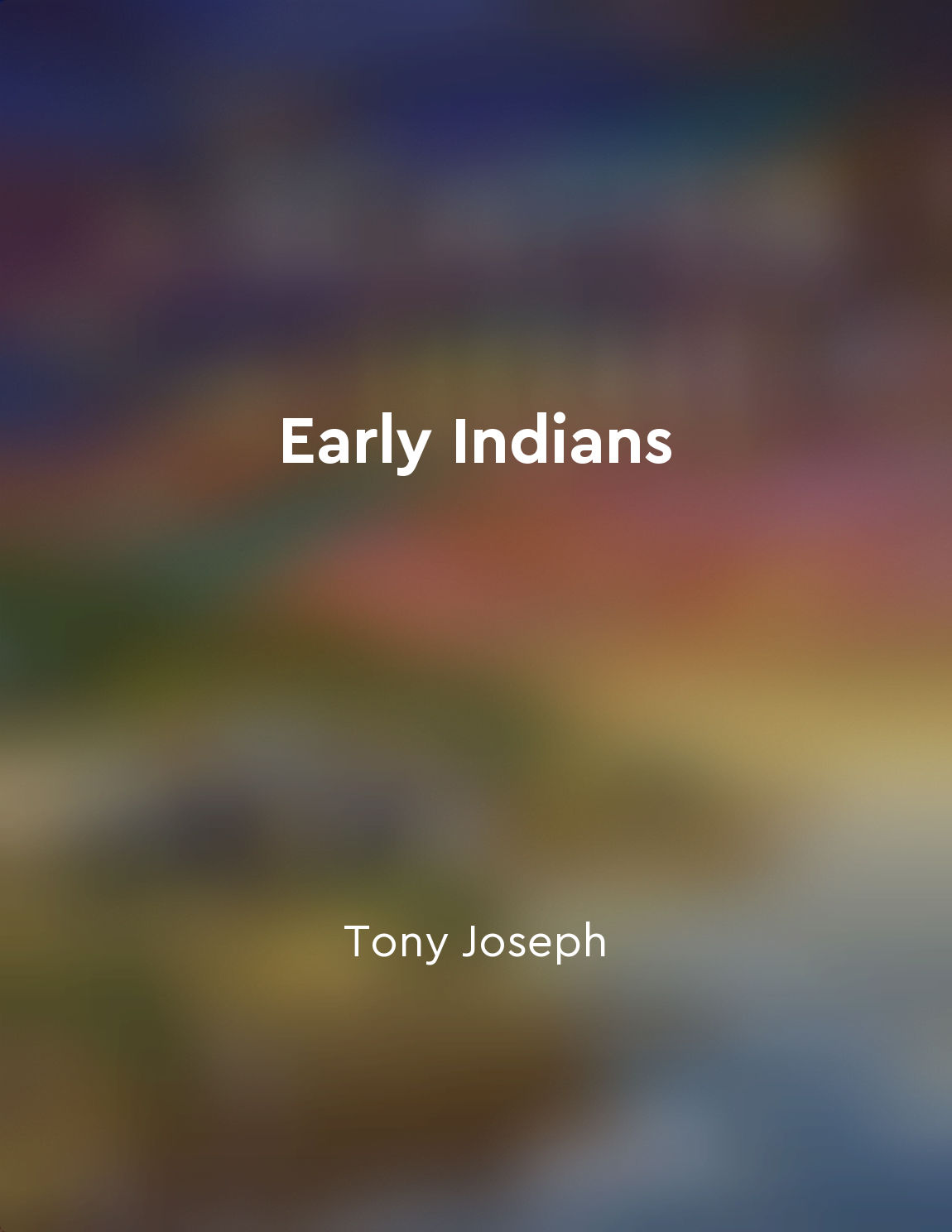Dravidian languages have deep roots in South India from "summary" of Early Indians by Tony Joseph
The roots of the Dravidian languages run deep in South India, with evidence suggesting that they have been spoken in the region for over four thousand years. Linguistic studies have shown that Dravidian languages are distinct from the Indo-European languages spoken in North India, demonstrating a separate linguistic heritage that is unique to the southern part of the country. The Dravidian language family is made up of various languages, including Tamil, Telugu, Kannada, and Malayalam, among others. These languages share certain grammatical and phonological features that set them apart from other language families in India. Linguists have traced the origins of the Dravidian languages to a proto-language spoken by ancient populations in South India, which eventually diversified into the different Dravidian languages that exist today. One of the key pieces of evidence supporting the deep roots of Dravidian languages in South India is the presence of Dravidian loanwords in Sanskrit, the ancient language of North India. This suggests that there was contact and interaction between speakers of Dravidian languages and speakers of Sanskrit in ancient times, leading to the borrowing of words between the two language groups. Archaeological findings also support the idea that the Dravidian languages have a long history in South India. Excavations at sites like Mohenjo-Daro and Harappa, part of the Indus Valley Civilization, have revealed inscriptions that bear resemblance to Dravidian scripts. This indicates that Dravidian-speaking populations may have been present in these areas during the time of the Indus Valley Civilization, further establishing the antiquity of the Dravidian languages in the region.- The evidence from linguistic, archaeological, and genetic studies strongly supports the idea that the Dravidian languages have deep roots in South India. These languages have been spoken in the region for millennia, forming an integral part of the cultural and linguistic landscape of the southern part of the country.
Similar Posts

Genetics and language shed light on Indian origins
The study of genetics and languages has provided valuable insights into the origins of the Indian population. By analyzing the ...
Communal tensions in India
Communal tensions in India have been a significant feature of our society for centuries. These tensions arise from the diverse ...

Rise of caste system influenced by Aryan society
The origins of the Indian caste system can be traced back to the ancient Aryans, who migrated to the Indian subcontinent around...

